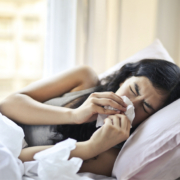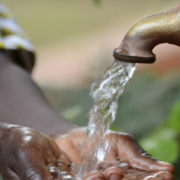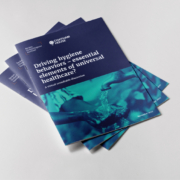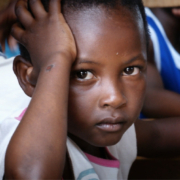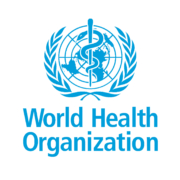The public isn’t prepared for the flu’s 2022 winter comeback

While influenza cases may have seen a decline over the past few years, hygiene experts are warning of a potential resurgence this winter. Too focussed on the fact COVID-19 may be becoming less of a threat, people could be caught off guard and spend the winter sicker than they may have been throughout the pandemic, they say.
“The past few winters people have been cognizant of COVID-19, keeping some level of distance between one another and maintaining regular hand washing and sanitising, even on top of the COVID-19 vaccine. These measures helped stave off other diseases and the flu was one of them. The worry now is that as people resume their pre-COVID-19 lives, they may disregard the safeguarding measures they took before and flu cases will rise again,” said Simon Sinclair, RGHI Executive Director.
RGHI is a not-for-profit foundation focussed on enabling and accelerating a portfolio of hygiene science to improve public health through better outcomes and behaviours.
While the flu tends to mean bedrest for most people for a few days, it can lead to hospitalisation and even death. Before the pandemic, it claimed thousands of lives each year. In 2018, 1,598 people in the United Kingdom died from the virus and in 2019, 1,223 lost their lives. In the U.S, that number climbed to 34,000 in the 2019-2020 flu season with an estimated 9 million to 41 million cases each year. For many, it means lost days of school and work with a subsequent impact on the economy.
But as the world sheltered from COVID-19, it protected itself simultaneously from the flu. According to research, there was “virtually no 2020 fall influenza season” for the 2020–2021 period with the number of influenza-related deaths in the U.S. dropping to 700.
The general public did a great job at keeping themselves healthy in the face of one of the biggest health threats in recent history. But resuming life as it was before could mean that we simply replace cases of COVID-19 with the flu.
Flu, or influenza as it’s more formally known, is what the World Health Organization calls “an acute respiratory infection.” It is common around the world with symptoms – usually a fever, body aches, a cough and runny nose – ranging in severity.
The WHO labels the very young, the elderly, pregnant women, health workers and those with serious medical conditions as most at risk. While a vaccine exists, it only protects against certain strains of the virus, that need to be correctly anticipated each season for the vaccine to work. New strains are constantly emerging.
“As with COVID-19, a risk with vaccines is that people don’t feel the need to do other things to protect themselves. But it is vital that we do all we can, or risk a winter of coughs and fevers putting many out of action.
“Thankfully, we know how to keep flu at bay having had years of practice. Carry round the sanitiser, wipe down items after use, wash your hands with soap and water for that longer period and do so more often. We’re just urging the public to just keep up all those great habits they picked up during the pandemic,” Professor Dame Sally Davies, UK Special Envoy on Antimicrobial Resistance (AMR) said. It will go a long way to keeping those flu numbers down.
Whilst preventing loss of life, such efforts will also protect health systems that have been left depleted after covid-19. Even outside of the pandemic, the UK’s NHS has long been hampered each winter by the high numbers of symptomatic flu cases. This year, amid further shortages and strains we must help health systems stay protected.
“With the current shortage of healthcare workers global and strained facilities, we should be doing our best to save the beds for others. If flu can be prevented, why wouldn’t we do it?” Professor Dame Sally Davies continued.
Flu typically costs the U.S. $494 million in annual health care costs. In the U.K, it costs an average of £2510 per admission and the missed days of work cost higher-income counties around £30 billion annually; money that could be directed elsewhere; perhaps toward pandemic preparedness.
He called upon the general public to go into this winter season armed with the hygiene practices that have served them so well amid COVID-19 and ensure that the danger the flu poses isn’t forgotten.

